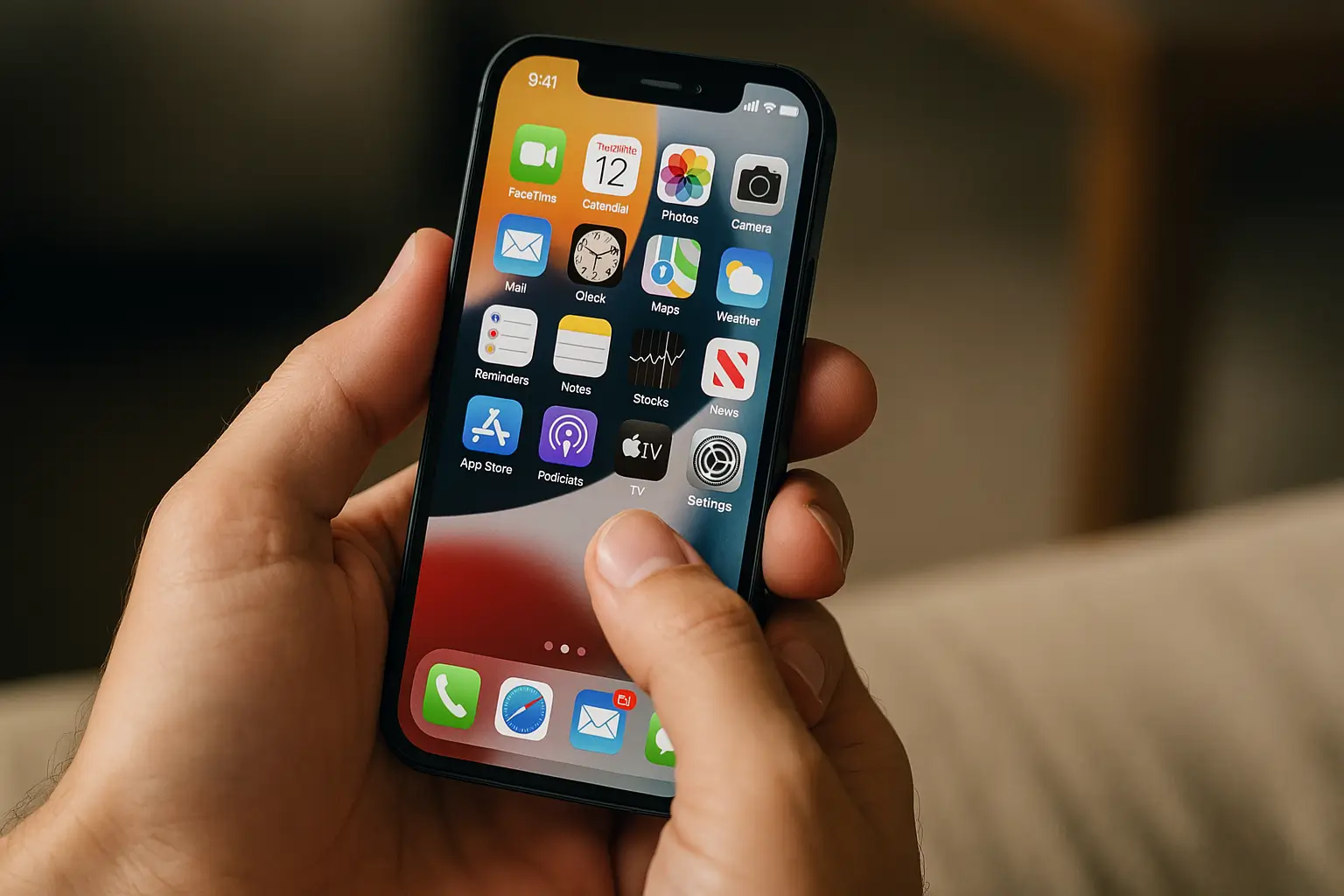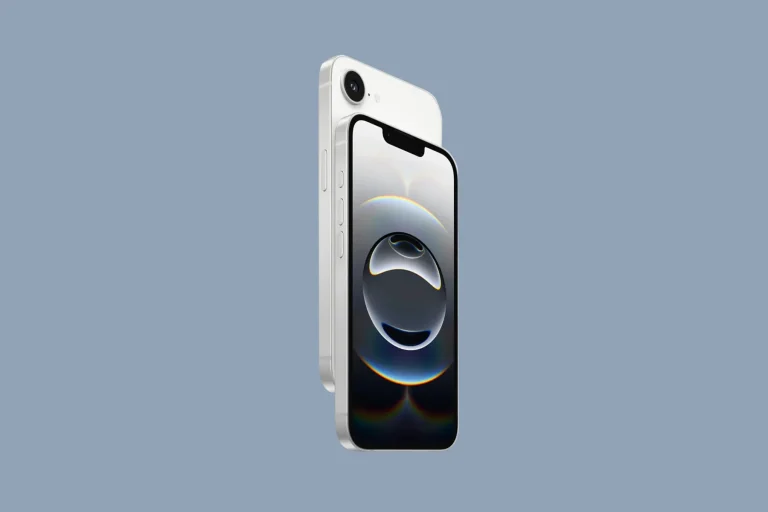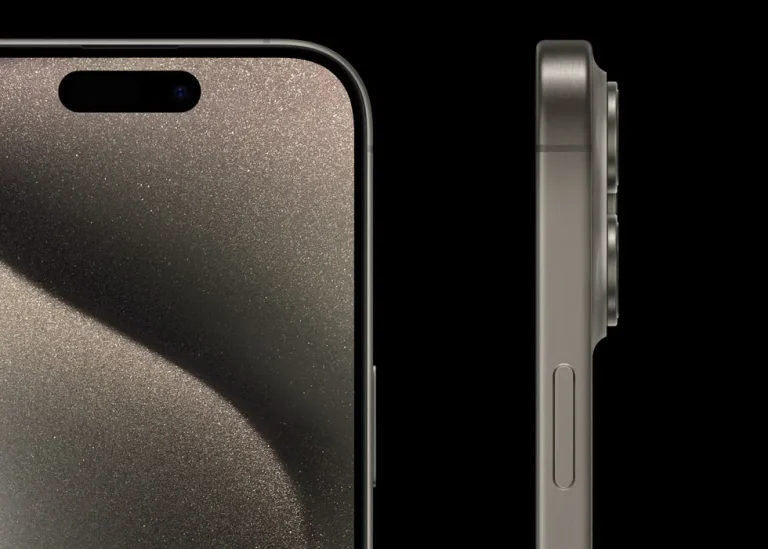Introduction to the miniature iPhone concept
The miniature iPhone represents Apple’s innovative approach to creating more compact smartphones without compromising on flagship features. This concept emerged as a response to a niche yet vocal user segment desiring powerful devices in smaller form factors, aligning with Apple’s strategy to diversify its product lineup and cater to a wider range of user preferences.
Apple introduced the miniature iPhone with the iPhone 12 mini in 2020, followed by the iPhone 13 mini in 2021. These devices incorporated nearly all the capabilities of their larger counterparts into a significantly smaller chassis, featuring 5.4-inch displays compared to the standard 6.1-inch screens. This move echoed the company’s history of offering compact devices, reminiscent of the original iPhone SE and earlier 4-inch iPhone models.
Key advantages of miniature iPhones include enhanced one-handed usability, improved portability, lighter weight for extended use, and full flagship performance in a compact package. However, the concept also presented challenges such as reduced battery capacity, potentially cramped typing experience for some users, and less immersive media consumption.
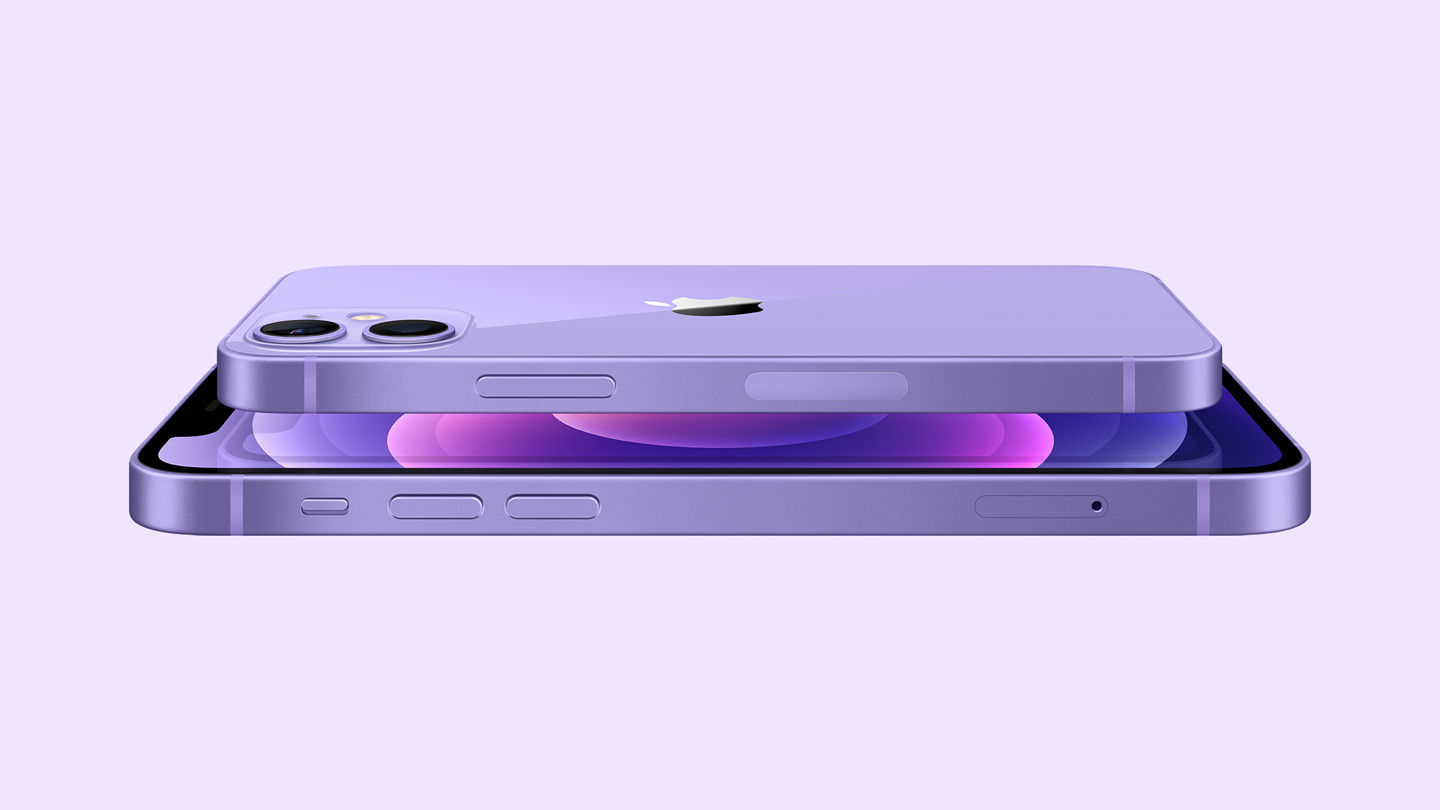
The rise and fall of the iPhone mini series
Building on the introduction of the miniature iPhone concept, Apple’s journey with the mini series was marked by both innovation and challenges. The iPhone mini series comprised two models: the iPhone 12 mini (October 2020) and the iPhone 13 mini (September 2021). Both devices offered nearly identical features to their larger counterparts, including 5G connectivity, OLED displays, advanced camera systems, and A-series Bionic chips.
Initially, the iPhone 12 mini generated significant interest, with tech reviewers praising its compact form factor and comprehensive feature set. However, sales figures painted a different picture. A CIRP report indicated that the iPhone 12 mini accounted for only 6% of iPhone sales in its first two months, underperforming compared to other models in the lineup.
Despite lackluster sales, Apple proceeded with the iPhone 13 mini, aiming to capture a larger share of the small phone market. The updated model brought improvements such as extended battery life, enhanced cameras, and increased base storage. Unfortunately, these upgrades did little to boost popularity, with the iPhone 13 mini’s market share dropping further to just 3% of iPhone sales in its initial months.
Several factors contributed to the mini series’ underwhelming performance, including battery life concerns, pricing strategy, shifting consumer preferences towards larger screens, and competition from the iPhone SE. In 2022, Apple discontinued the mini series with the iPhone 14 lineup. Instead, they introduced the iPhone 14 Plus, featuring a larger 6.7-inch display, signaling a shift in strategy towards bigger screens across the board.
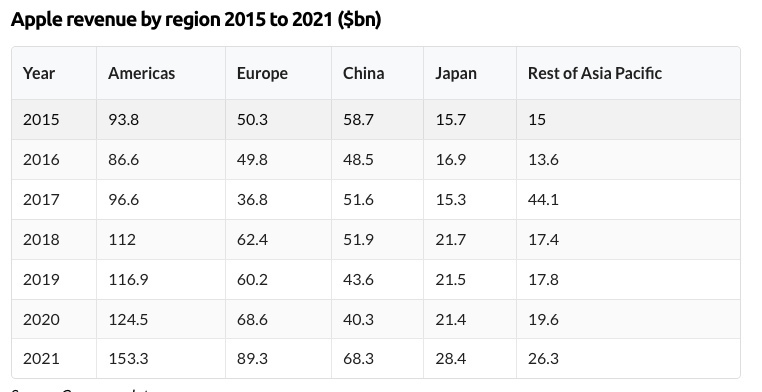
Comparing small iPhone models: mini vs SE vs standard
As we delve deeper into the world of compact iPhones, it’s crucial to understand how the mini models stack up against other small iPhone options. When examining small iPhone options, the iPhone mini models stand out as the most compact of Apple’s recent offerings:
- iPhone 12/13 mini: 5.4-inch display, 131.5 x 64.2 x 7.4 mm
- iPhone SE (2nd/3rd gen): 4.7-inch display, 138.4 x 67.3 x 7.3 mm
- Standard iPhone (12/13/14): 6.1-inch display, 146.7 x 71.5 x 7.4 mm
While the SE is slightly taller and wider than the mini, it retains the classic iPhone design with a home button and larger bezels. The mini and standard models feature edge-to-edge displays with a notch for Face ID.
In terms of performance and features, the mini models maintain parity with larger iPhones, offering the latest A-series chip, 5G support, and a dual-camera system. The SE makes some compromises to achieve a lower price point, while the standard models offer the best overall balance of features and size.
Battery life is where the size difference becomes most apparent, with the mini having the shortest battery life, followed by the SE, and the standard models offering the best battery performance among the smaller iPhone options. For a more in-depth look at the latest standard iPhone models, you can check out our iPhone 15 Pro review, which covers the coolest features and overall performance of Apple’s newest flagship device.
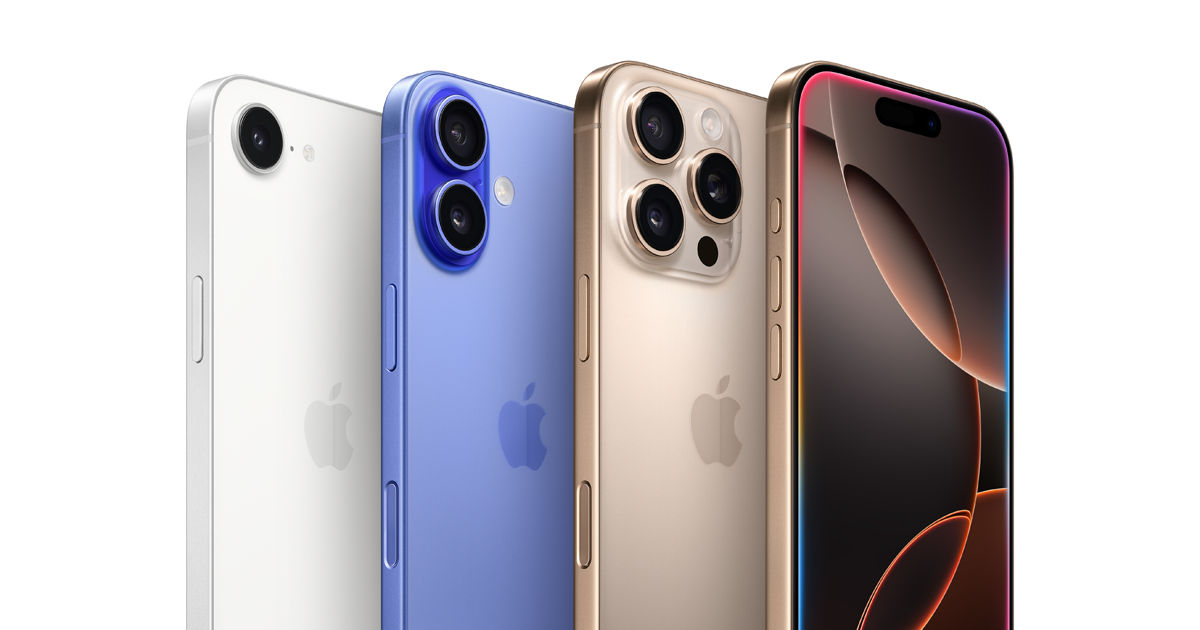
Technical challenges in creating a miniature iPhone
The creation of a miniature iPhone that maintains flagship performance is not without its hurdles. Developing such a device presents significant engineering challenges, requiring innovative solutions and careful trade-offs. Key obstacles include:
- Component Miniaturization: Reducing the size of internal components without compromising functionality, including the logic board, camera systems, speakers, and haptics.
- Thermal Management: Addressing limited surface area for heat dispersion and tighter spacing between heat-generating components.
- Battery Technology: Balancing reduced physical space for battery cells with the need for acceptable battery life.
- Antenna Design: Implementing 5G and other wireless technologies in a smaller form factor while maintaining signal strength and quality.
- Structural Integrity: Ensuring durability and maintaining water and dust resistance in a smaller chassis.
To overcome these challenges, Apple employed advanced battery chemistry, power management techniques, and thermal design to maximize the mini’s performance and battery life. Engineers also optimized antenna placement and design to ensure comparable wireless performance to larger models.
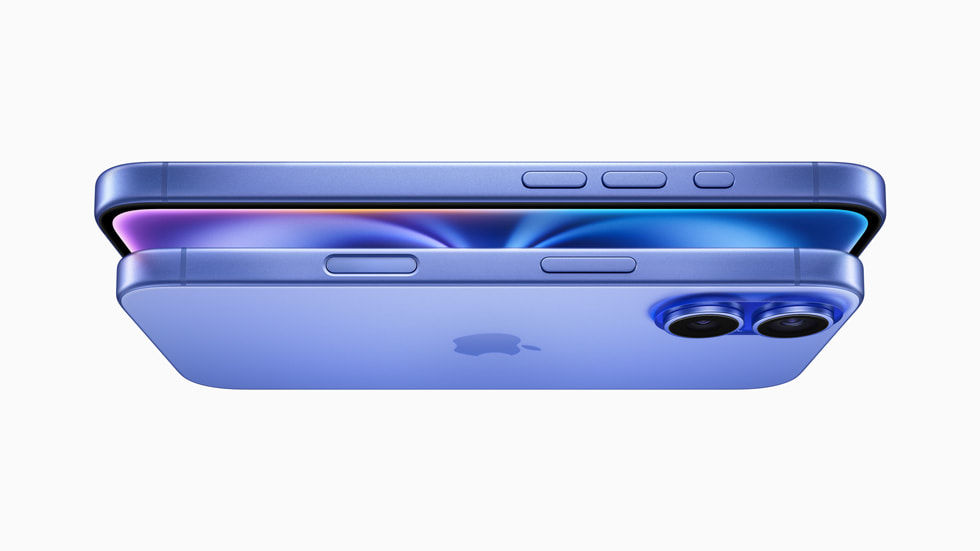
User experience with miniature iPhones
While technical challenges shaped the development of miniature iPhones, the real test came in the hands of users. The compact form factor of the iPhone mini series offered unique advantages and trade-offs in terms of user experience:
- Ergonomics and Handling: Improved one-handed use and reduced hand fatigue, but potentially cramped typing for some users.
- Display Experience: High-quality screen with sharp text and vibrant colors, but less immersive for media consumption compared to larger models.
- Performance and Responsiveness: Flagship-level performance for most tasks, with potential thermal throttling during sustained high-performance use.
- Battery Life: Sufficient for light users, but often requiring recharging before day’s end for heavy users.
- Camera Performance: Impressive results despite space constraints, with some users preferring the mini for its discreteness in street photography.
While sales figures were disappointing, user satisfaction among mini owners was generally high. Many appreciated the return to a more pocketable smartphone, and some reported that the mini encouraged less phone use, viewing it as a positive lifestyle change.
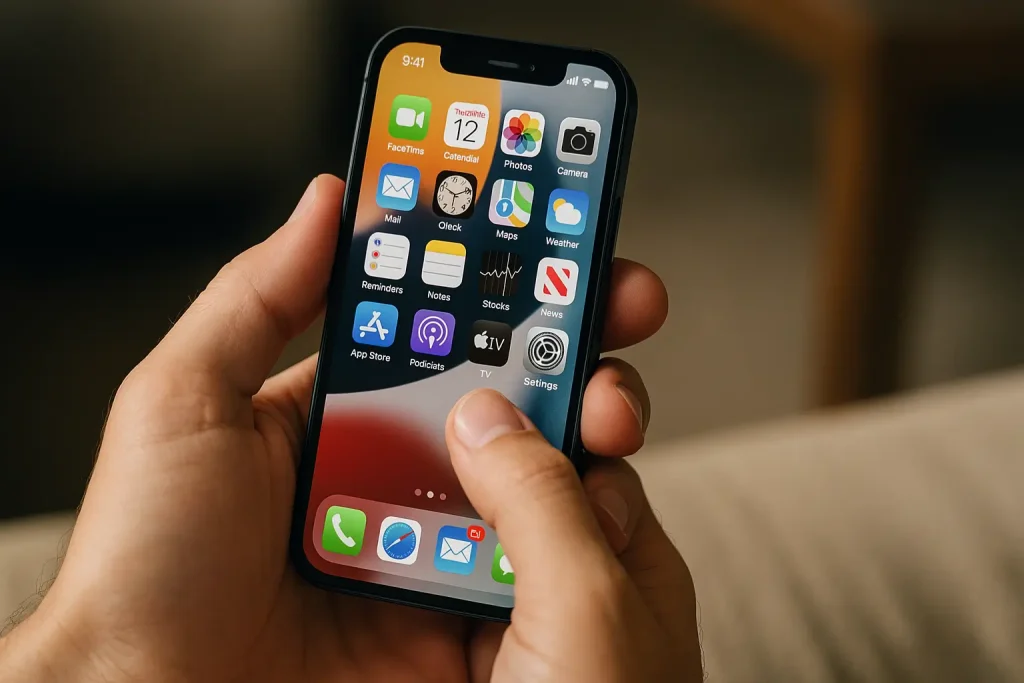
The future of compact iPhones: will the mini make a comeback?
Despite the discontinuation of the mini line, the question of compact iPhones’ future remains. Although Apple has discontinued the mini line, the demand for smaller smartphones persists. The future of compact iPhones may evolve in several ways:
- Refined SE Strategy: Focusing on updating the iPhone SE line with more modern features while maintaining a smaller form factor.
- Foldable Technology: Developing compact foldable iPhones that offer both small and large screen experiences.
- “Slim” Models: Introducing thinner versions of standard iPhones to appeal to users who prioritize portability.
- Mini Revival: Potentially reintroducing the mini concept with significant improvements to address previous limitations.
Future compact iPhones could benefit from emerging technologies such as more efficient chip designs, advanced battery chemistry, under-display sensors, and improved materials for enhanced durability in smaller form factors. While we wait for Apple’s next move in the compact phone market, it’s worth noting that they continue to innovate in other areas. For instance, the recently unveiled iPhone 16e showcases Apple’s latest efforts in creating budget-friendly smartphones that don’t compromise on essential features.

Alternatives to miniature iPhones
For those still seeking compact smartphone options, several alternatives exist both within and outside the Apple ecosystem. For users who prefer smaller devices, consider the following options:
- Compact iPhones: The iPhone SE (3rd generation) with a 4.7-inch display, and standard iPhone models with 6.1-inch displays.
- Android Alternatives: Devices like the Asus Zenfone 9, Sony Xperia 5 series, and Samsung Galaxy S23 offer relatively compact options in the Android world.
- Foldable Phones: The Samsung Galaxy Z Flip series and Motorola Razr provide unique solutions to achieving a more pocketable form factor.
- Wearable Devices: Apple Watch with cellular capabilities can complement or even replace some smartphone functions.
When evaluating alternatives, consider factors such as physical dimensions, screen size and quality, performance, battery life, camera capabilities, and software ecosystem.
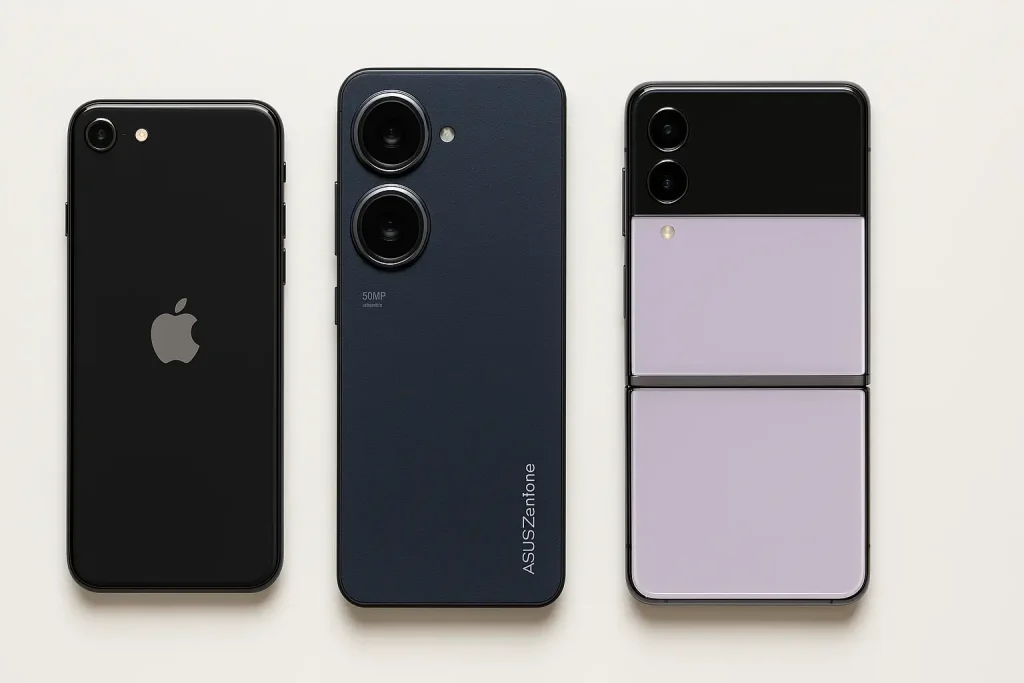
Tips for maximizing usability on smaller iPhones
Whether you’re using a miniature iPhone or another compact model, optimizing your experience can greatly enhance productivity and comfort. To make the most of smaller iPhones, consider the following strategies:
- Optimize Your Home Screen: Use folders, strategic app placement, and widgets to maximize screen real estate.
- Master Gesture Navigation: Utilize swipe gestures and features like Reachability for improved one-handed use.
- Leverage Accessibility Features: Enable options like Back Tap and text size adjustments for enhanced usability.
- Customize Control Center: Tailor quick access to essential functions for your needs.
- Optimize Keyboard Usage: Enable one-handed keyboard mode and use space bar cursor control for efficient typing.
- Maximize Battery Life: Use Low Power Mode, manage background app refresh, and consider a compact power bank for extended use.
- Enhance Camera Usage: Utilize volume buttons as shutter controls and enable grid lines for improved composition.
- Streamline Notifications: Use notification grouping and customize settings to reduce clutter on the smaller screen.

Conclusion: the place of miniature iPhones in the smartphone market
The journey of miniature iPhones reflects broader trends in the smartphone market, where truly compact devices have become increasingly rare. However, the concept of a small, powerful smartphone continues to evolve, challenging our perceptions of what a modern mobile device can be.
While the iPhone mini series may be discontinued, its legacy extends beyond sales figures. It challenged assumptions about user preferences and pushed the boundaries of miniaturization in flagship devices. The engineering achievements and user experience insights gained from the mini series will undoubtedly influence future iPhone designs.
Looking ahead, the concept of a miniature iPhone may evolve rather than disappear entirely. We might see new form factors, “slim” versions of standard iPhones, or innovative designs that redefine what we consider to be a small smartphone. The place of miniature iPhones in the smartphone market will be determined by the balance between technological feasibility, market demand, and Apple’s strategic vision.
As users, we can anticipate devices that increasingly blur the lines between compact and capable, ensuring that our smartphones enhance rather than dominate our daily lives. The future of miniature iPhones, while uncertain, promises to be an exciting space to watch as technology continues to advance and user preferences evolve.

